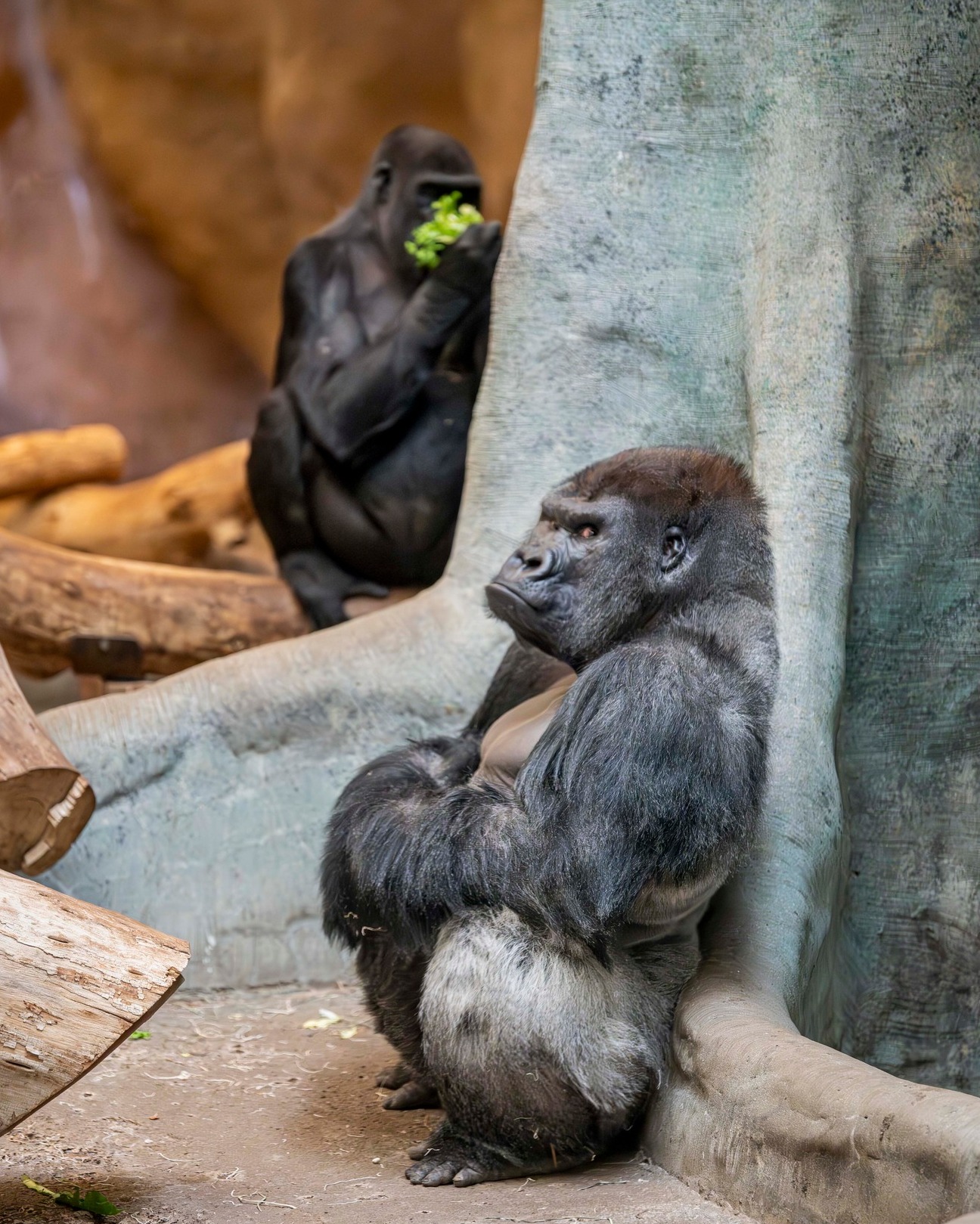- Understanding Earth Day’s impact on wildlife conservation
- The mission to inspire conservation efforts for wildlife and habitats
- Highlighting critically endangered species and their conservation needs
- The role of zoos in preserving endangered species
- Strategies for everyday conservation efforts to support wildlife preservation
Earth Day is more than just a date on the calendar; it is a global call to action aimed at preserving our planet’s rich biodiversity. Each year, millions around the world come together to advocate for stronger protections for our natural world. The goal is to safeguard the delicate balance of nature by drawing attention to environmental issues and encouraging everyday actions that benefit our planet. At the heart of these efforts is a mission to inspire people to conserve wildlife and wild places. This mission is vital, especially for species classified as Critically Endangered, such as the western lowland gorillas, eastern bongos, red ruffed lemurs, Chinese alligators, and spider tortoises, all facing existential threats.
The mission to conserve wildlife and habitats is not just the work of dedicated professionals; it requires the involvement of individuals worldwide. This collaborative effort is driven by a recognition that every species plays a crucial role in its ecosystem. Conservation efforts are focused on preserving these intricate balances, seeking to halt habitat destruction, poaching, and the effects of climate change. Public education, policy advocacy, and direct conservation actions form the backbone of these initiatives, aiming to inspire individuals to contribute to safeguarding our planet’s natural heritage.
Western lowland gorillas, Eastern bongos, red ruffed lemurs, Chinese alligators, and spider tortoises are prime examples of species in dire need of conservation. Each of these fascinating creatures faces unique challenges. The western lowland gorilla, native to the dense forests and swamps of Central Africa, is threatened primarily by habitat loss due to logging and agriculture, as well as the illegal bushmeat trade. Eastern bongos, found in the montane forests of Kenya, suffer from habitat degradation and poaching. Red ruffed lemurs from Madagascar are victims of deforestation and hunting. Chinese alligators, once prevalent across the lower regions of the Yangtze River, are now restricted to a few areas due to wetland drainage and agricultural expansion. Spider tortoises, dwelling in the coastal dry forests of Madagascar, face severe threats from habitat loss and the illegal pet trade. Each of these species highlights the urgent need for targeted conservation efforts backed by robust scientific research and public involvement.
Zoos play a pivotal role in the realm of wildlife conservation, acting as sanctuaries for endangered species and hubs for educational outreach. Modern zoos are not just visitor attractions but centers for conservation science. They provide a controlled environment where critically endangered species can be bred safely, contributing to global efforts to bolster wild populations. Furthermore, zoos engage in cutting-edge research to develop and refine breeding, reintroduction, and habitat preservation strategies. Through initiatives like these, zoos contribute directly to the recovery of threatened species while educating the public about the importance of biodiversity and conservation.
Conservation efforts must extend beyond special occasions like Earth Day. Collective everyday actions are equally important in fostering long-term change. Individuals can make a significant impact by adopting sustainable practices, such as reducing single-use plastics, supporting conservation organizations, and advocating for policies that protect natural habitats. Additionally, educating oneself and others about the beauty and significance of wildlife can encourage a deeper appreciation and a stronger commitment to conservation efforts. By integrating these actions into our daily lives, we contribute to a larger movement aimed at preserving the diversity of life on Earth for future generations.
In summary, Earth Day serves as a powerful reminder of our shared responsibility to protect our environment and the creatures that inhabit it. By inspiring people to conserve wildlife and wild places, we can address critical conservation challenges faced by species on the brink of extinction. Through public education, targeted actions by organizations, and everyday habits, we can ensure that future generations inherit a thriving planet rich in diversity and beauty.
*****
Source Description
Earth Day🌎 and everyday, our mission: Inspire people to conserve wildlife and wild places.
Western lowland gorillas, Eastern bongos, red ruffed lemurs, Chinese alligators, and spider tortoises are classified as Critically Endangered by the International Union for the Conservation of Nature (IUCN).


